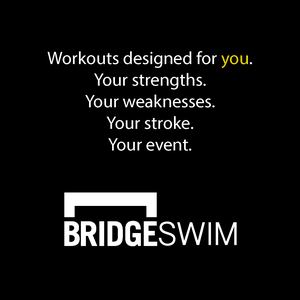How to Greatly Improve your Flexibility | BridgeAthletic
 Athletes require incredible range of motion in their joints to achieve maximum power and speed. Flexibility is an important part of every athlete’s training, but it is often overlooked. Not only does flexibility improve your range of motion, but it also protects against injury. Let’s discuss a few ways you can improve your flexibility within your training to improve your athleticism.
Athletes require incredible range of motion in their joints to achieve maximum power and speed. Flexibility is an important part of every athlete’s training, but it is often overlooked. Not only does flexibility improve your range of motion, but it also protects against injury. Let’s discuss a few ways you can improve your flexibility within your training to improve your athleticism.
1. Stretching and Foam Rolling
Foam rolling prior to a strength workout will help loosen up tight muscles and tendons by applying massage-like pressure to those areas. Releasing tension in muscles prior to workout will allow your body to move smoothly through each exercise with proper technique and muscle recruitment. After each strength workout, try to spend ten minutes stretching out your major muscle groups. The muscles you worked will be warm and lengthen easier than if you wait to stretch later on. Be patient with your stretches—spend at least 30 seconds in each position and do not pulse or bounce in and out of the position. Steady breathing will help you get deeper into each stretch. On each exhale, try to fall deeper into the stretch position.
2. Swimmer-specific Flexibility
Certain muscles and joints are characteristically tight in swimmers. Pay particular attention to the muscles around the shoulder—including but not limited to your chest (pectoralis major), deltoid, upper back (latissimus dorsi and trapezius), and the smaller muscles that insert into the shoulder joint (SITS muscles). Chronic shoulder pain may be a result of tight surrounding musculature that pulls the shoulder out of alignment or creates an abnormal pattern of movement. Also pay attention to muscles in your upper leg and groin area. Swimmers tend to overuse their quadriceps muscle in lower body movements, leading to excessive tightness in the front of the leg and increased stress on the knee and hip joints. Breastrokers must be especially vigilant about stretching out the groin area, inner thigh, and glutes to maintain a full range of motion in breastroke kick.
3. Yoga
While stretching can sometimes feel boring or tedious, yoga is an excellent way to lengthen out the muscles in your body while performing interesting poses. If you cannot make yourself stretch regularly, try a basic yoga class so that an instructor can lead you through the stretches. Many athletes may not have time to integrate yoga into their schedules. Nick’s Video Series with Bridge can instruct you on some great stretches you can begin practicing today! Find the stretching routine that you will stay the most consistent with. Whether it means attending a class, watching videos online, or stretching with teammates, add a few minutes of it to the end of every workout and you will improve your flexibility in a matter of weeks!
For additional articles on swim-specific strength and conditioning, check out 3 Ways to Maintain your Strength
Related Posts

The Best Bench Press Variation You’re...
This post is part of our Coaches Corner series with Taylor Rimmer. Taylor is NSCA-CPT, StrongFirst...

Does Powerlifting Harm Heart Health?
A recent study has discovered that a 12-week supervised strength training program (SSTP) may result...
-1.png)
Barefoot Running: Is It For You? |...
Run Free: Consider Less Cushion
Updated October 2020:
With more athletes looking for ways to...



